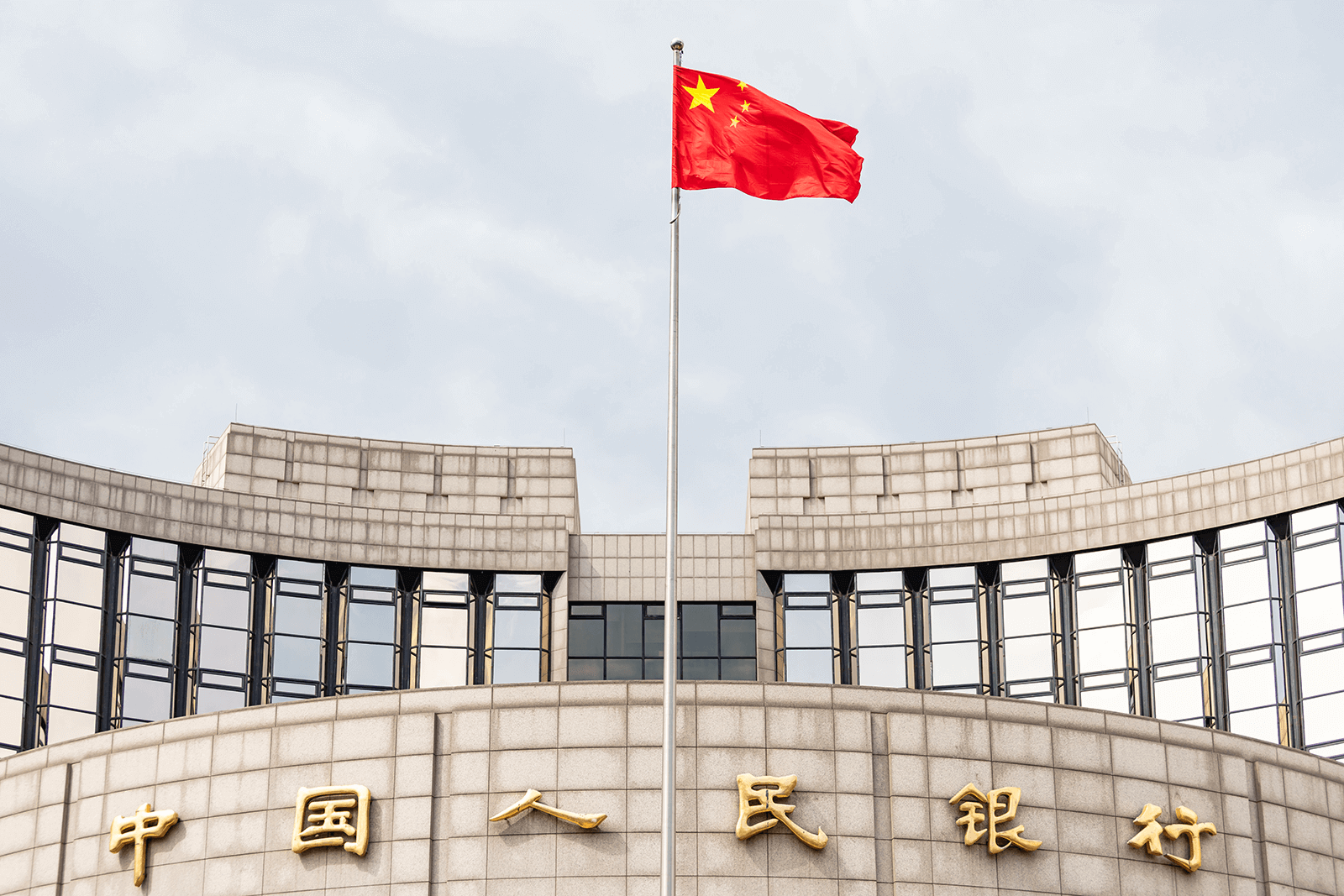Investing in good times, courtesy of strongly rebounding economies and ongoing central bank liquidity injections, is not just about enjoying the ride. It is also about anticipating what could go wrong, about continuing to recognise and monitor the risks– so as to avoid the most “dangerous” market segments, maintain a disciplined diversification and protect portfolios against future losses where possible.
Over the past few weeks, the US dollar has suddenly taken on an upward path against the euro (from 1.225 on 25 May to 1.186 at the end of June), almost wiping out its preceding decline, since March end. The greenback’s technical (graphical) configuration – which, in the absence of significant fundamental news, strongly influences exchange rates – points to further appreciation in the short term. The prospect of an earlier, and perhaps more important, interest rate hike in the US than in Europe also plays into the hands of the dollar. On a somewhat longer horizon, however, higher US inflation will further erode its purchasing power, likely leading to another bout of depreciation. But that will obviously depend on the transitory – or not – nature of current US inflation. And to be fair, differences in computation of price metrics make international comparisons difficult. The housing cost component, for instance, has a much larger weight in the US consumer basket than in Europe, as well as being much more volatile because of a less regulated market. It is indeed partly this component that explains the present inflation differential between the two sides of the Atlantic.
The oil price has also been rising for some time (since November 2020 to be precise) and touched a five-year high last Monday (USD 75+ per barrel). Excess inventories have been eliminated and demand for oil products is recovering dramatically, as Covid restrictions are progressively lifted across the globe. There is thus again some room for greater oil production – albeit not yet for OPEC and Russia to completely abandon their quotas. As such, some discord is emerging within the cartel, with the United Arab Emirates notably demanding a larger share of the cake. Depending on how these negotiations proceed, the oil price could move in any direction. Covering (part of) the short-term downside price risk to oil shares, which have recorded very sharp gains, is certainly worth considering.
The ever-growing speculation in cryptocurrencies (such as the bitcoin) continues to amaze us. “Coin” perhaps not being the best choice of term to describe what is actually a piece of software. How this situation is developing increasingly reminds us of the 17th century tulip mania in the Netherlands. One needs to keep in mind that a coin is worthless if nothing can be bought with it or, in the strictest sense, if it cannot be used to pay taxes. After all, taxes are unavoidable, and it is up to governments to decide what means of payment they accept – a list that unfortunately does not include today’s cryptocurrencies.
The fact that new cryptocurrencies are being created almost by the day and that multiple marketplaces, in which they can be traded, are opening does not alter this reality. Ditto for the fact that some large banks are jumping onto to bandwagon, purely in search of profits, that some (reputable) hedge funds have joined the mania and that cryptocurrency investment funds are being created, increasing accessibility by the general public. These “currencies” are, and remain, “fake” money.
Elon Musk’s decision some time ago to convert part of his company’s cash into bitcoin and to suggest that bitcoin payment for Tesla cars would be allowed in the future, briefly led to the illusion that the bitcoin would become a valid means of payment. Shortly afterwards, however, he backtracked – under pressure from US authorities? – stating that bitcoins are not “environmentally friendly”. Gone was the idea of using them to buy a Tesla.
At USD 1.4 billion, the size of the global cryptocurrency market is such that it now figures prominently on the radar screens of governments and central banks. They are of the view that “playtime” is over and have started taking action to protect their monopoly in money creation. The Chinese central bank has been a forerunner in this respect, issuing its own digital currency and expelling bitcoin miners from its territory – officially on grounds of their excessive energy consumption. The ECB, too, is working on a digital euro. These digital currencies envisaged by central banks are mainly intended to simplify payment transactions (and eliminate physical money). They obviously have nothing to do with the rather “anarchist” approach of cryptocurrency inventors, whose aim is to build a payment circuit that bypasses government supervision. Banks that own cryptocurrencies will also not be allowed to count them as part of their capital base, unlike gold.
The government mill grinds slowly but, as we all know, inexorably. Sooner or later, authorities will enforce their monopoly on money and money creation. Investors better be prepared than sorry. We could not be clearer.
OPEC Could Be Its Own Worst Enemy
What are the risks pertaining to oil, now that its price has staged such an impressive comeback? First, of course, would be a severe relapse of the Covid pandemic, questioning expectations of the oil demand upturn – currently foreseen at some 5 million barrels per day for the second part of the year. Second is a potential return of Iranian oil to the market, should ongoing nuclear negotiations succeed. Finally, and most importantly, is the question of OPEC cohesion in the (near) future.
Indeed, OPEC+ today essentially has full control of supply – hence of the oil price. Put differently, its only true enemy is itself. And typically, it is the lack of an outside and common enemy that tends to threaten a group’s unity. Not surprisingly thus, some disagreements are now coming to light with respect to the original basis upon which quotas were decided, back in 2017. Saudi Arabia and Russia would like a production deal to be concluded that extends through the end of 2022, but whether this will succeed now that the oil price stands at an attractive USD 70-75 remains to be seen. It is for sure tempting to increase supply…
As regards US shale producers, capital discipline is their new mantra. Overhead costs have been slashed, debt has been reduced and CEO compensation is now generally dependent on free cash flow generation (rather than barrels produced). Which does suggest very limited incremental supply (hence OPEC+’s full control) but does not mean that there is no upside to earnings – or to valuations.
On the earnings front, ca. half shale oil companies’ 2021 production is hedged, meaning that the full benefit of the oil price increase will not be enjoyed this year. But that ratio drops to 15% in 2022, making for substantial earnings upside – even without raising production.
As for valuations, in view of the strong balance sheet improvements and solid fundamental outlook for the oil market, we would argue that shale stocks still trade on the cheap side.









